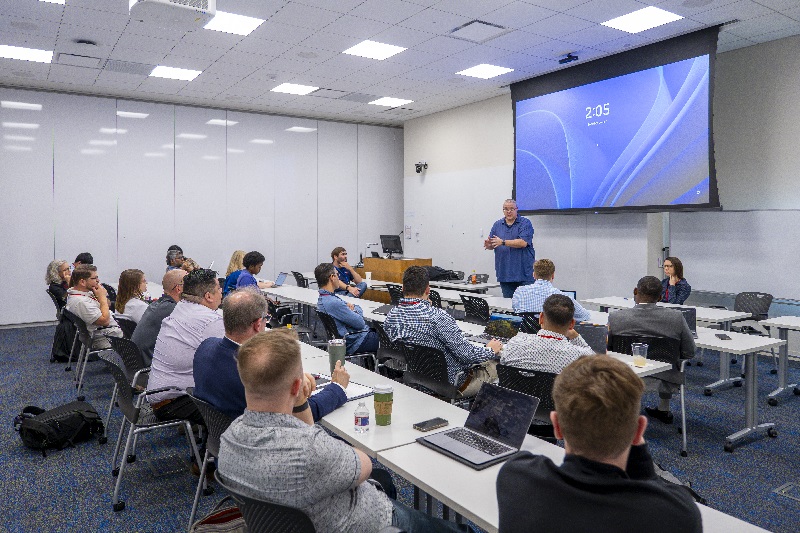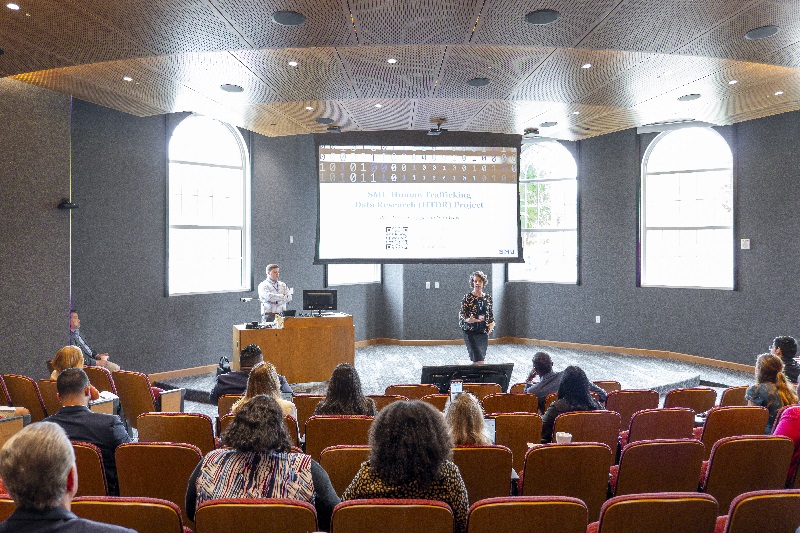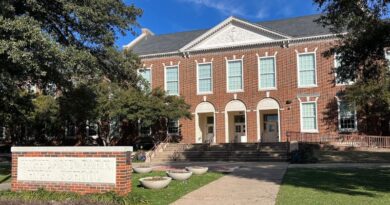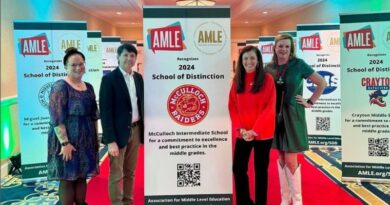SMU, Thomson Reuters Host Human Trafficking Data Conference
More than 100 law enforcement agents, nonprofit organizations, government officials, researchers, data scientists, and others attended the inaugural SMU Human Trafficking Data Conference to learn about the opportunities and innovations for using quality, effective data to fight human trafficking.

“If we don’t get the facts right, we don’t get the solutions right,” urged guest speaker Chris Lim, director of research and policy at the Institute for Shelter Care. “If we truly want to make an impact, if we truly want to help survivors of human trafficking, if we truly want to arrest the bad guys and put them in jail, we have to get the facts right.”
Sponsored by Thomson Reuters, the June 3-4 conference on the SMU campus brought together a range of human trafficking experts to discuss ways to use data to end human trafficking. The U.S. Department of State estimates that 27.6 million people are trafficked worldwide for labor and sexual exploitation.
“Many human trafficking datasets have been created,” said conference organizer Beth Wheaton-Páramo, the economist who is leading the SMU Human Trafficking Data Research (HTDR) Project. Information is available about factors such as socioeconomic variables associated with trafficking perpetrators and victims, financial transactions, geographic and business information, and programs to combat trafficking and assist with survivor restoration. “But there’s a low level of data sharing,” she said, “very low.”
And unfortunately, several conference speakers noted, there is also plenty of poor-quality data available that doesn’t give a full picture of human trafficking or worse, perpetuates misinformation.
The reasons for that are complex. But researchers, practitioners, law enforcement and governmental officials, nonprofit organizations, data scientists, and others devoted to anti-trafficking were eager to talk across disciplines at the conference, discussing methods to obtain and enhance quality human trafficking data.
In addition, speakers from around the world discussed research projects in progress — ranging from innovative ways to track and terminate illicit businesses to methods for using health data to combat human trafficking.
Kim Duchamp, special counsel – strategic engagement (U.S.) for the Human Trafficking Institute, said she found conference networking with new colleagues doing anti-trafficking work to be especially valuable. Each year, the Human Trafficking Institute produces a report that maps out trends in federal human trafficking, which is used to train law enforcement and prosecutors how to successfully investigate and prosecute human trafficking cases.

“It was a great opportunity to bring everybody together to just hear what’s going on, not just in the space that I typically live in … but in the medical field, in the data field,” Duchamp said. “It’s interesting to know all the capabilities that we can have.”
Charlie Apigian, founder and chief data scientist for Data Inspire, agreed.
“What a great experience,” Apigian said. “Some people had data, some of them didn’t, some people were data curious, some people wanted to work on data, and the whole objective is how we could start combining and collaborating to do really good stuff.”
SMU research is well-positioned to help connect the dots on these issues. Wheaton-Páramo and SMU Research Technology Developer Mateo Langston Smith shared information about the federally-funded data warehouse that the SMU Human Trafficking Data Research Project created through a $1.187 million grant from the Department of Justice National Institute of Justice.
The data warehouse centralizes data on human trafficking across the United States and internationally. The goal is to give researchers, law enforcement, and others devoted to anti-trafficking a single, secure place where they can store data, analyze trends in forced labor and sex trafficking, and collaborate with other anti-trafficking experts. The data warehouse is enhanced through research in areas such as AI and machine learning, statistical methods, and economics.
Commander Kevin Turner with Tarrant County Sheriff’s Office said he could see how the SMU Human Trafficking Data Warehouse might be able to help law enforcement officials “speed up the process of analyzing data and being able to get a better picture of what the data actually tells us.”
“That can really help us make more data-driven decisions in our ability to combat human trafficking,” he said.









